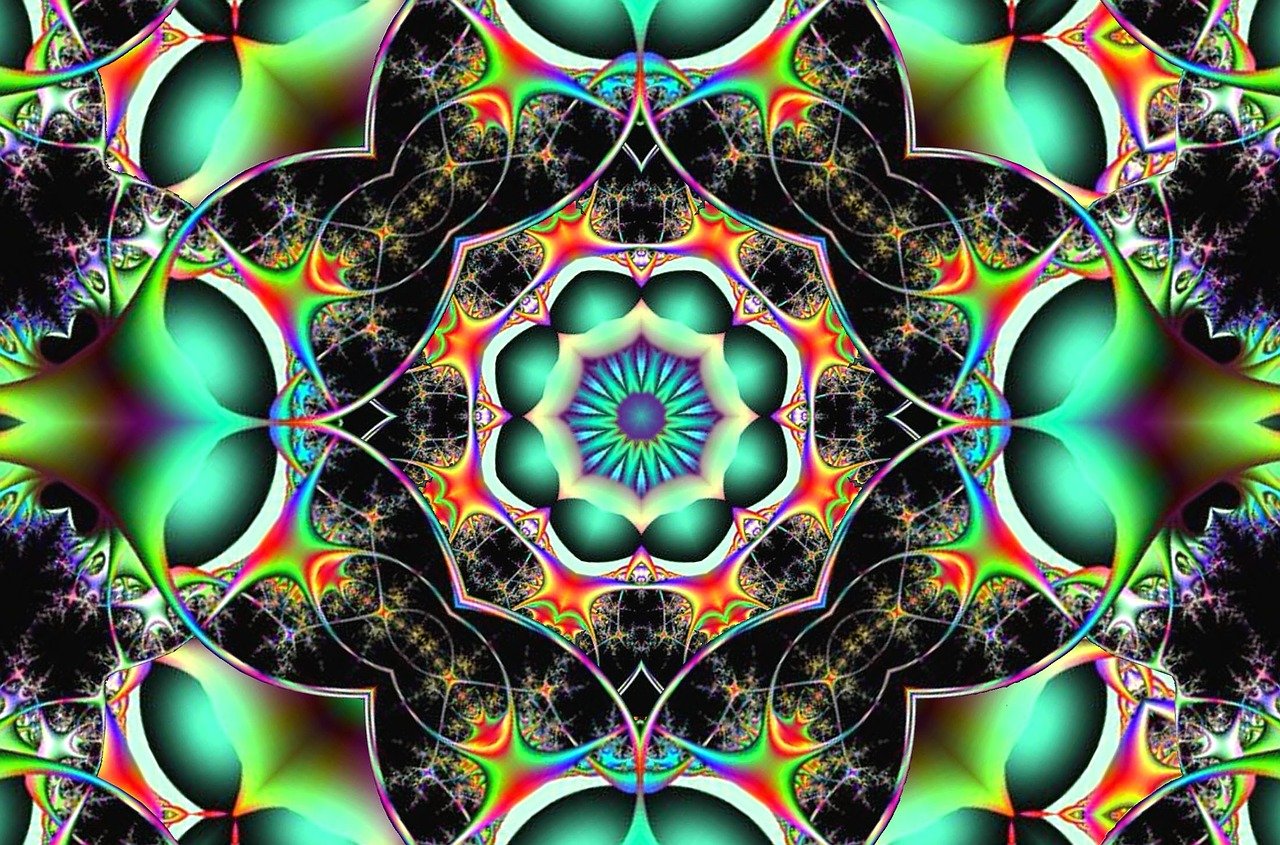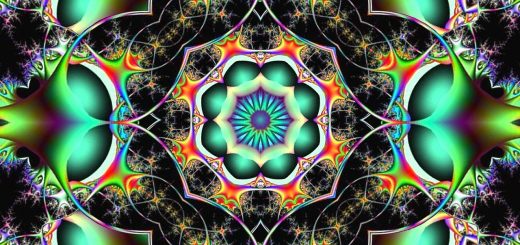Hindu Wedding Traditions: Key Ceremonies

Before diving in, please note: This post is for informational purposes only. If you’d like to know more about how we approach topics, feel free to check out our friendly Disclaimer Page.
Hey there, amazing readers! 🖐️ Just a quick note: yes, we know there are a lot of ads here. Trust us, we get it—it’s not the prettiest look, but they help us keep this blog alive and kicking. Those pesky little ads cover the costs of all the behind-the-scenes magic, from hosting and tech stuff to creating content we hope you’ll love.
We’re committed to delivering quality posts, and your support (even just sticking around despite the ads) means everything to us. So, bear with us, and thanks for helping us keep the good vibes rolling. Now, on to the fun stuff! 😉
TRANSLATE BUTTON AT THE END OF THE ARTICLE
Hindu Wedding Traditions Overview
Hindu weddings are elaborate ceremonies filled with rituals that hold deep cultural and religious significance.
These weddings are not just about the union of two individuals but also symbolize the coming together of two families.
Each ceremony is meticulously planned and executed, reflecting the rich traditions of Hindu culture.
From pre-wedding rituals to post-wedding traditions, every step of the wedding process is filled with meaning and symbolism that dates back centuries.
Pre-Wedding Rituals and Ceremonies
Before the wedding day, several pre-wedding rituals take place to prepare the couple for their new life together.
These rituals are meant to cleanse the bride and groom spiritually and emotionally.
Some of the key pre-wedding ceremonies include:
Roka Ceremony: This ceremony marks the formal announcement of the wedding and the coming together of the two families.
Mehndi Ceremony: During this ritual, intricate henna designs are applied to the bride’s hands and feet as a symbol of beauty, joy, and spiritual awakening.
Haldi Ceremony: Turmeric paste is applied to the bride and groom’s skin to cleanse and purify them before the wedding day.
Importance of the Mehndi Ceremony
The Mehndi ceremony is a significant pre-wedding ritual in Hindu weddings.
It is a fun and vibrant celebration where the bride’s hands and feet are adorned with intricate henna designs.
The intricate patterns symbolize joy, beauty, spiritual awakening, and the bond between the couple.
It is believed that the darker the Mehndi, the stronger the love between the couple.
The Mehndi ceremony is not just a beautification process but also a time for the bride to relax and prepare for her big day.
Understanding the Haldi Ceremony
The Haldi ceremony is a traditional Hindu pre-wedding ritual where a paste made of turmeric, sandalwood, and other ingredients is applied to the bride and groom’s skin.
This ceremony is believed to purify and cleanse the couple, ward off evil spirits, and bring good luck to their marriage.
The yellow color of turmeric is considered auspicious in Hindu culture and symbolizes prosperity and fertility.
The Haldi ceremony is a joyful occasion filled with music, dance, and laughter, as family and friends come together to bless the couple.
The Role of the Saptapadi Ceremony
The Saptapadi ceremony, also known as the seven steps, is one of the most important rituals in a Hindu wedding.
During this ceremony, the bride and groom take seven steps together, each step symbolizing a vow they make to each other.
These vows include promises to support each other, cherish each other, and work together towards a harmonious life.
The Saptapadi ceremony signifies the beginning of their journey as a married couple and the importance of mutual respect and understanding in their relationship.
Significance of the Kanyadaan Ritual
In Hindu weddings, the Kanyadaan ritual is a sacred and emotional moment where the bride’s parents formally give away their daughter to the groom.
The word "Kanyadaan" translates to "giving away the daughter." This ritual symbolizes the parents’ acceptance of the groom as their son-in-law and their trust in him to take care of their daughter.
It is a poignant moment that signifies the transition of the bride from her parents’ home to her new life with her husband.
The Joy of the Baraat Procession
The Baraat procession is a lively and colorful tradition in Hindu weddings where the groom, accompanied by his family and friends, makes his way to the wedding venue.
The groom usually rides a decorated horse or arrives in a grand car, with music, dancing, and celebrations marking his journey.
The Baraat procession is a joyful event that signifies the groom’s arrival to claim his bride and the beginning of the wedding festivities.
It is a time for both families to come together and celebrate the union of the couple.
Exploring the VarMala Tradition
The VarMala tradition, also known as the Jaimala ceremony, is a ritual where the bride and groom exchange floral garlands as a symbol of their acceptance of each other.
The garlands are made of flowers like roses and jasmine, signifying love, purity, and beauty.
The VarMala ceremony is a playful and lighthearted moment in the wedding ceremony, where the bride and groom compete to put the garland around each other’s neck first.
This tradition symbolizes the mutual respect and love between the couple as they embark on their journey together.
Symbolism of the Sindoor Ceremony
The Sindoor ceremony is a significant ritual in Hindu weddings where the groom applies sindoor, a red vermilion powder, to the bride’s hair parting.
Sindoor is considered auspicious and symbolizes the married woman’s status and commitment to her husband.
The Sindoor ceremony marks the bride’s transition from a single woman to a married woman and signifies her devotion and loyalty to her husband.
It is a sacred moment that is witnessed by family and friends, signifying the bride’s acceptance into her new family.
Celebrating the Mangalsutra Ritual
The Mangalsutra ritual is another important tradition in Hindu weddings where the groom ties a sacred necklace, called a Mangalsutra, around the bride’s neck.
The Mangalsutra is made of black beads and gold, symbolizing protection, prosperity, and the eternal bond between the couple.
The necklace is believed to protect the bride from evil spirits and bring good luck to the marriage.
The Mangalsutra ritual is a solemn and sacred moment that signifies the bride’s commitment to her husband and the start of their journey together as a married couple.
Customs of the Vidaai Ceremony
The Vidaai ceremony is a poignant and emotional moment in Hindu weddings where the bride bids farewell to her family and leaves her parental home to start her new life with her husband.
This ceremony symbolizes the bride’s transition from her maternal home to her husband’s home and marks the end of the wedding festivities.
The Vidaai ceremony is filled with tears, blessings, and good wishes from family members as they say goodbye to the bride.
It is a time of mixed emotions, as the bride leaves behind her past and looks forward to her future with her husband.
Post-Wedding Rituals and Traditions
After the wedding ceremony, several post-wedding rituals take place to cement the bond between the newlyweds and their families.
These rituals symbolize the couple’s new life together and their commitment to each other.
Some of the key post-wedding traditions include:
Griha Pravesh: The bride is welcomed into her new home by her in-laws, marking the beginning of her new life as a wife.
Reception: A grand reception is held to celebrate the newlyweds and to introduce them to the extended family and friends.
Pag Phera: The bride visits her parental home with her husband to seek their blessings and to maintain ties with her family.
Conclusion
Hindu wedding traditions are steeped in symbolism and meaning, reflecting the rich cultural heritage of India.
From pre-wedding rituals to post-wedding ceremonies, each tradition plays a vital role in uniting the couple and their families.
These ceremonies not only celebrate the union of two individuals but also emphasize the importance of family, love, and commitment.
Hindu weddings are a beautiful blend of tradition and modernity, creating a unique and unforgettable experience for all those involved.

The Enlightenment Journey is a remarkable collection of writings authored by a distinguished group of experts in the fields of spirituality, new age, and esoteric knowledge.
This anthology features a diverse assembly of well-experienced authors who bring their profound insights and credible perspectives to the forefront.
Each contributor possesses a wealth of knowledge and wisdom, making them authorities in their respective domains.
Together, they offer readers a transformative journey into the realms of spiritual growth, self-discovery, and esoteric enlightenment.
The Enlightenment Journey is a testament to the collective expertise of these luminaries, providing readers with a rich tapestry of ideas and information to illuminate their spiritual path.
Our Diverse Expertise 🌟
While our primary focus is on spirituality and esotericism, we are equally passionate about exploring a wide range of other topics and niches 🌍📚. Our experienced team is dedicated to delivering high-quality, informative content across various subjects ✨.
To ensure we provide the most accurate and valuable insights, we collaborate with trusted experts in their respective domains 🧑🏫👩🏫. This allows us to offer well-rounded perspectives and knowledge to our readers.
Our blog originally focused on spirituality and metaphysics, but we’ve since expanded to cover a wide range of niches. Don’t worry—we continue to publish a lot of articles on spirituality! Frequently visit our blog to explore our diverse content and stay tuned for more insightful reads.





